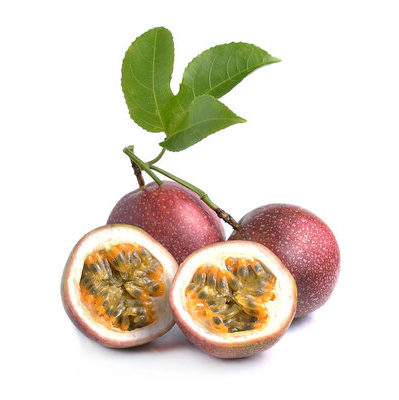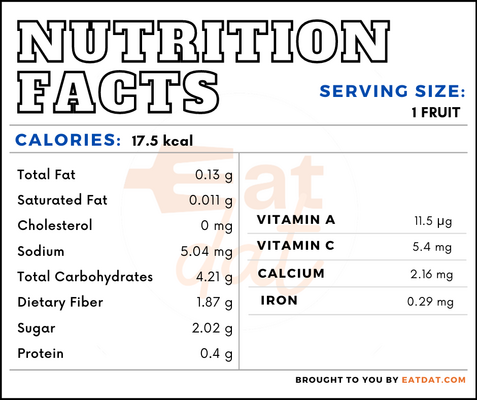
Passion Fruit
also known as Maracuya, Grenadille, Lilikoi
What is Passion Fruit?
Passion fruit is a tropical fruit that has a dark purple and inedible skin and a firm, juicy interior filled with yellow flesh and black seeds. Some species of the fruit may have a yellow, green, or red skin. The four different types of passion fruit are purple, yellow, sweet granadilla, and giant granadilla. Passion fruit has a very sweet taste with tart undertones.
The most popular tropical fruits are:
- Dragon Fruit
- Passion Fruit
- Rambutan
- Acai
- Jackfruit
- Mangosteen
- Lychee
- Papaya
- Guava
Origin of passion fruit
This fruit originated in South America, and the local tribes have consumed it for centuries. The Spanish missionaries called it the ‘flower of the five wounds’ in reference to Christian religious symbolism. The name of the fruit thus represents the passion of Christ. Post-industrialization, this fruit has been disseminated throughout the world and grows in other tropical regions.
Nutrition
Nutritional profile for passion fruit (1 fruit):

This is rich in micronutrients such as potassium, carotene, and vitamin A. In addition, it contains decent amounts of calcium, magnesium, phosphorus, sodium, vitamin C, folate, vitamin A, and cryptoxanthin.
Maracuya has more than 110 phytochemical components, flavonoids and triterpenoids having the largest share, protecting against cell damage and improving health. Additionally, it contains healthy antioxidants as well as analgesic and anti-inflammatory and antimicrobial properties. Regular consumption of this fruit may help in keeping blood pressure in check, reducing the risk of liver diseases, hyperlipidemia, atherosclerosis, coronary heart disease, pancreatitis, diabetes, and cancer. Furthermore, it may also serve as an antidepressant and anti-anxiety. It may help in combating obesity and regulating metabolic activity as well.
Commercial production
Brazil produces 90 percent of the world’s supply. Other important producers are Peru, Venezuela, South Africa, Sri Lanka, Australia, Mexico, Ecuador, Australia, Zimbabwe, Kenya, and Columbia. This fruit is a vine that grows on almost any support but is short lived. The plant requires a climate that is neither too hot nor too cold. Also, it thrives in sandy loam soils with good drainage.
Passion fruit recipes
This fruit is mostly eaten raw as a fruit. However, it may be juiced or pulped into a nectar or juice. It may be used in desserts, jams, and baked goods, sauces, yogurt, or even cocktails. Here are a few recipes:
- Pudding Cake
- Ice Cream
- Panna Cotta
- Mousse do Maracuja
- Fruit Bars
- Bolo de Maracuja
- Chilcano de Maracuya
FDA regulations
The FDA describes all fresh fruits, including passion fruit, as raw agricultural commodities and strictly regulates all aspects of its growing, harvesting, packing, and storage. Juice made from passion fruits must contain at least 14 percent pure juice.
References
Alexandra Ciuraru & Dragos Ciuraru, Top 4 Reasons Why Passion Fruit Is So Expensive, Foodiosity, https://foodiosity.com/passion-fruit-is-so-expensive/
Foods Indigenous to the Western Hemisphere, Passion Fruit, Passiflora edulis; American Indian Health and Diet Project (AIHDP), https://aihd.ku.edu/foods/PassionFruit.html
He, Xirui et al. “Passiflora edulis: An Insight Into Current Researches on Phytochemistry and Pharmacology.” Frontiers in pharmacology vol. 11 617. 20 May. 2020, doi:10.3389/fphar.2020.00617, https://www.ncbi.nlm.nih.gov/pmc/articles/PMC7251050/
